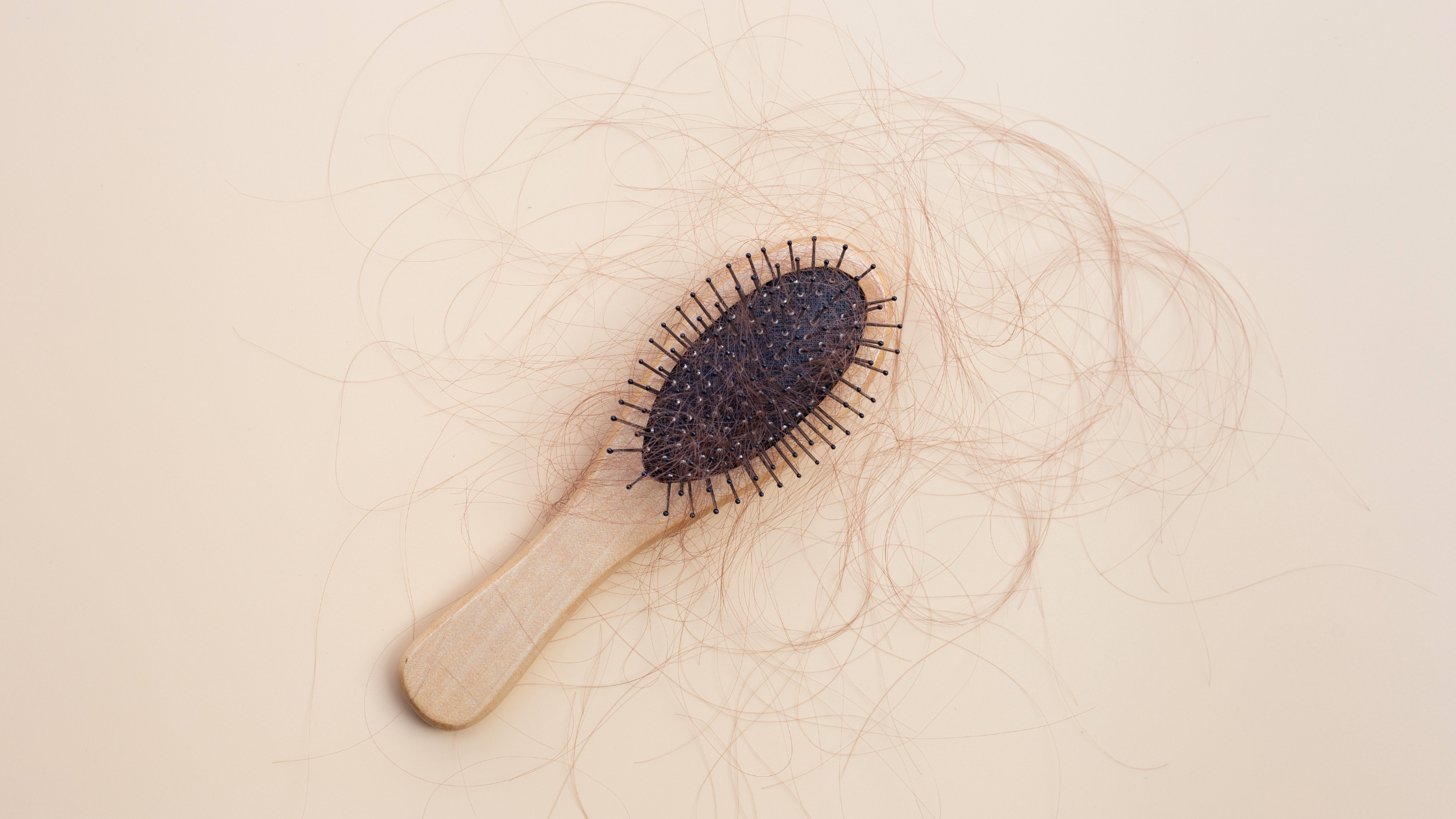
25 May The Science Behind PRP Hair Restoration: How Platelet-rich Plasma Helps Regenerate Hair Growth
At LT Men’s Clinic, we specialize in Platelet-rich plasma (PRP) therapy for hair restoration. PRP is a promising new treatment option for those struggling with hair loss, which affects millions of people worldwide. But how exactly does PRP therapy help regenerate hair growth? In this blog post, we’ll explore the science behind PRP hair restoration.
To understand how PRP therapy works for hair restoration, it’s helpful to first understand the role of platelets in the body. Platelets are a type of blood cell that plays an important role in the healing process. They contain growth factors, which are proteins that help to stimulate and accelerate tissue repair and regeneration.
In PRP therapy, a small amount of blood is drawn from the patient and then processed to separate the platelets from other blood components. The resulting concentrated solution of platelets, known as platelet-rich plasma, is then injected directly into the patient’s scalp in areas where hair loss has occurred.
Once injected, the growth factors in the platelets help to stimulate the hair follicles, which are small structures in the skin that produce hair. By promoting the growth and repair of the hair follicles, PRP therapy can help to restore hair growth in areas where it has been lost.
But how exactly do the growth factors in PRP therapy promote hair growth? Researchers believe that growth factors such as platelet-derived growth factor (PDGF), transforming growth factor-beta (TGF-beta), and vascular endothelial growth factor (VEGF) plays a key role in hair follicle development and maintenance.
PDGF is thought to promote cell proliferation and migration, while TGF-beta helps to regulate cell growth and differentiation. VEGF, on the other hand, helps to promote the formation of new blood vessels, which can improve blood flow and nutrient delivery to the hair follicles.
In addition to promoting hair growth, PRP therapy may also help to improve hair thickness and density. Research has shown that PRP therapy can increase the number of hair follicles in the growth phase, known as the anagen phase, while also decreasing the number of follicles in the resting phase, known as the telogen phase. This can lead to thicker, fuller hair over time.
Overall, the science behind PRP hair restoration is still relatively new, and more research is needed to fully understand the mechanisms behind its effectiveness. However, early studies and clinical trials have shown promising results, with many patients reporting significant improvements in hair growth and thickness following PRP therapy.
If you’re struggling with hair loss and interested in learning more about PRP therapy, we encourage you to schedule a consultation with one of our experienced medical professionals. We can answer any questions you may have and help you determine if PRP therapy is a good option for you.
In conclusion, PRP hair restoration is a cutting-edge treatment option that utilizes the body’s own natural healing processes to stimulate hair growth and repair. By harnessing the power of platelets and their growth factors, PRP therapy offers a safe and effective solution for those looking to restore their hair and boost their confidence.
